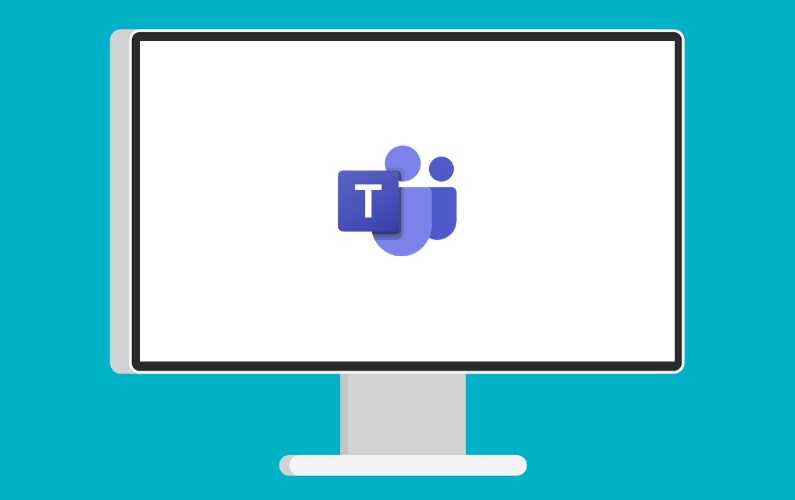Companies are undoubtedly dependent on technology. When a company’s servers, systems, or data are compromised due to natural disasters and human-made incidents, they can undergo severe loss. Disasters can hit at any time, and no business is immune. However, companies can plan for them to minimize the negative ramifications.
What is a Disaster Recovery Plan?
A disaster recovery plan is a guide to recovering your business and operations after a disaster strikes, such as natural disasters, cyberattacks, power outages, or any technical failures.
It’s a set of step-by-step instructions on how your company should respond to any unplanned event. The plan will help your business navigate the recovery process more efficiently.
A disaster recovery plan goes hand-in-hand with business continuity planning. Business continuity involves the organization and operations overall. Disaster recovery includes the IT and technical aspects that are necessary to run and sustain the business.
Natural Disasters
Recovery plans include steps to deal with all types of disasters and disruptions. They address the large physical disruptions, such as hurricanes, earthquakes, tornadoes, wildfires, onsite fires, floods, power outages, and other human-made or natural disasters.
Cyberattacks
With big data, cloud, and society’s dependence on technology, cybercriminals have more to go after than ever. They can infiltrate an organization’s systems without being detected for weeks or months.
Thus, disaster recovery plans need to account for the malicious malware, ransomware attacks, or any cyber threat that puts an organization’s data at risk or shut systems down. Why is it Important to Have a Disaster Recovery Plan?
Disruptions often lead to a loss in revenue, upset customers, loss in opportunities or deals, damage to the brand itself, and data breaches. Companies that don’t prepare can face significant consequences. The longer it takes for a company to recover and get back on track, the more significant damage they will experience.
It’s important to have a detailed disaster recovery plan to help your company recuperate quickly and minimize the overall losses and negative impacts of the disaster on your business.
Reasons to Create a Disaster Recovery Plan for Your Business
- Reduce the interruptions in operations
- Limit the damages
- Minimize the economic and financial impact of the disruption
- Train and prepare employees for emergencies
- Reduce potential legal liabilities
- Lessen the stressful work environment
- Ensure straightforward and quick restoration of your service
What Should Be Included in a Disaster Recovery Plan?
Every company’s exact plan will differ based on their size, inventory, personnel, industry, and unique needs. However, the objective of recovery plans for all is to protect the business and reduce the effect on operations when disaster strikes. Below we’ve listed the key steps that your business should include in your disaster recovery plan.
1. Current Inventory and Business Analysis
To plan what your company needs to do in the event of a disruption, you must first understand your current situation. Information technology involves hardware, software, connectivity, and data. All aspects of your IT must be included in the inventory and recovery process.
List every application and software that your business uses across all departments. List all hardware, such as servers, networks, desktops, laptops, and wireless devices. Be sure to note all hardware details including manufacturer, model, serial number, costs, and if they are owned or leased.
Conduct a business impact analysis where you identify which systems, applications, software are crucial to run your business. Then determine what infrastructure and equipment are required to run those systems. Once you have a full list of all the software and respective hardware your company uses, then you can prioritize them by most to least critical.
Another aspect of inventory is to understand your personnel. It’s crucial to comprehend the organizational chart, who works at which office location and who could fill in if needed. That way, when a disruption happens, there isn’t any confusion among your team.
2. Risk Assessment
Next, consider all the disruptions your business might experience and recognize your level of risk.
Analyze the types of disasters and disruptions that you may face. Based on the location of your company’s offices and facilities, you will be susceptible to specific disasters. For example, if your headquarters is in the Midwest, but your production facility is in California, the natural disasters you must plan for are tornadoes and earthquakes.
All businesses can fall victim to cyberattacks. Identify the different types and record your level of risk. For example, if you’re an enterprise with more wealth and assets, you are more at risk of a ransomware attack than a small local business.
3. Risk Management and Backing Up Data
Now that you analyzed your current situation and assessed your risk, you can start to plan how to protect your IT and business operations.
Data backup and recovery should be the key component of the disaster recovery plan. Your plan must include regularly scheduled backups. Conduct frequent backups and have backups stored off-site. The plan should also include contingency instructions on how to recover data that has not been copied or adequately backed up.
Create a disaster recovery team within your organization to take charge of the process. The team will be the point of contact and manage all communications for internal and external parties. Individually, they will all have distinct responsibilities, which should be clear to the entire company. This team should be cross-functional and be in sync with any managed IT services company you may be using.
Generally, recoveries involve:
- Emergency response steps to take care of the immediate disruption, such as a natural disaster, and protect your team and minimize damage.
- Backup operations procedures to get essential operational tasks back underway.
- Recovery action instructions to restore data after the incident.
- Restoring the entire system and rebuilding any physical damage.
4. Test the Disaster Recovery Plan
It’s crucial to plan how your company will recover, but it’s equally important to test that plan regularly to ensure the safety and security of your business. Test and evaluate the plan to identify any weaknesses or issues. Record any changes to your systems, software and hardware, backup schedules, and procedures.
Conclusion
Building a comprehensive and strong disaster recovery plan is crucial. All businesses are susceptible to disasters and disruptions. Preparing for emergencies such as natural disasters or cyberattacks can save your business.
At Nicolet Tech, we can help you with your business’ disaster and recovery plan. We will assist you in creating a realistic plan for your company to minimize downtime and costs.
Get in touch with us today to start preparing.


